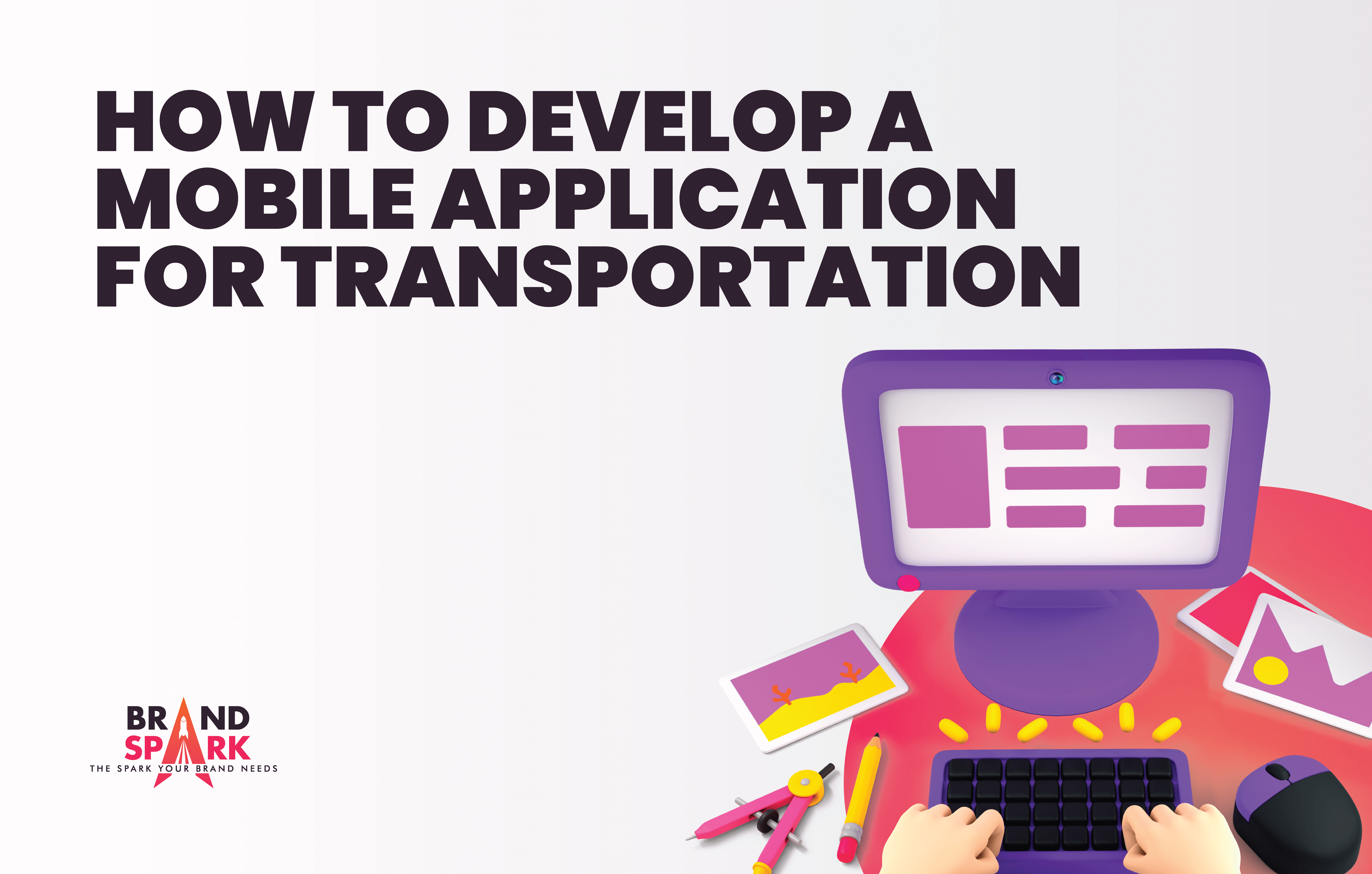Mobile applications have captured everyone’ s attention because of it’ s time saving , comfort, flexibility , and easiness qualities . The transportation industry is likewise turning to
innovative technologies and apps to mitigate the problems caused by human interaction. Transportation app development is vital for a logistics or transportation organization since it increases productivity and saves time and money. As the number of logistics activities grows, so does the demand for transportation software. The applications automate paperwork and tracking processes, increasing your company’s revenue.
It has several advantages that can help to streamline business processes. It increases driver efficiency and allows you to monitor performance so you can simply control everything.
This blog will go over the stages to creating a transportation app and which features are required.
Steps for Building a Transportation Application
It is critical to follow the correct processes for app development. There are five crucial steps to consider when developing an exceptional transportation application, which are listed below.
1. Set the Objectives
First, determine why you require the application. There are two motivations for developing a
transportation app. Either you want to build it for your own company to track drivers and fleets and allow clients to track their cargo, or you want to sell it to other logistics companies and earn money.
2. Learn About the Target Audience
You should only approach a transportation mobile app development business once you have determined who your target audience is. If you don’t know who your audience is, your efforts
will be futile. They will be your target audience if you design an app to market to other transportation or logistics organizations.
3. Make an Essential Features List
The transportation application includes several essential functions, including three panels:
admin, user, and driver. The admin interface allows you to manage your ride, drivers, orders, payments, and inventory. There may be options in the user panel that allow you to track orders or book a ride. The driver panel may include features like as navigation, order verification details, and many others.
4. A Proper Technology Stack
You must examine the technological stack when developing a transportation app. App type, operating systems, payment system, database, real-time analytic, and cloud storage are
all included.
5. Access a Good Tech Partner
Access to a professional transportation app development business is also necessary for the establishment of an attractive application. You should look at the experience, prior work,
and reviews to choose a competent one among several custom development application services in the market .
Major Components of Transportation Application
One of the most important components of transportation app development is the inclusion of
functionalities. The following sections contain a list of the important features: admin panel, driver panel, and user panel.
Admin Panel
l Dashboard and Reports
The admin panel dashboard can assist managers in receiving trip reports and making choices based on them. It displays the driver’s activity report, order and shipment details, and much
more. Furthermore, trip reports can provide specifics about all activity so that administrators can manage the fleet.
l GPS Tracking
Administrators benefit from location tracking since it allows them to monitor the driver’s current location. They can also examine the current condition and be notified in the event of an emergency or unanticipated crisis.
l Offline Support
When developing a transportation app, keep in mind that drivers may be in areas with poor
internet connectivity, making it difficult for clients to discover them. As a result, proper offline support in the admin panel is required to handle everything and reach clients and drivers in an emergency.
Driver Panel
l Driver’s Profile
The driver’s profile function allows drivers to provide their information, and admins can examine the essential information. Drivers should be able to manually fill out the basic
information on the app.
l Log Feature
It will allow drivers to keep a daily or hourly log of their activity. It should also include the number of orders delivered, the number of deliveries picked up, the miles driven, and so
on. It is also useful for administrators because they may examine the log and make a decision after reviewing it.
l Navigation Guidance
Having a map in the application can help drivers navigate and follow the correct path while on duty.
User Panel
l Booking Vehicles
This feature in the transportation application will assist users in booking vehicles and arranging trips. It should also have fare estimation and features like sign-ups, driver
rating, contact driver, payments, and so on.
l Chat Functionality
Customers can use this functionality to communicate with admins and drivers as needed.
l Push Notifications
It can notify users of any disruptions or unexpected failures. Customers can also receive notifications on the status of their orders. A registration form, a feedback system, and a
payment system are all necessary components for a transportation app, therefore, we suggest you to take help of a custom development application service company, like BrandSpark.
The Bottom Line
To boost workflow efficiency, the transportation and logistics industry requires high-end apps. You may acquire client trust, boost your organization’s credibility, and increase your ROI by developing a transportation app with the assistance of custom development application service .












